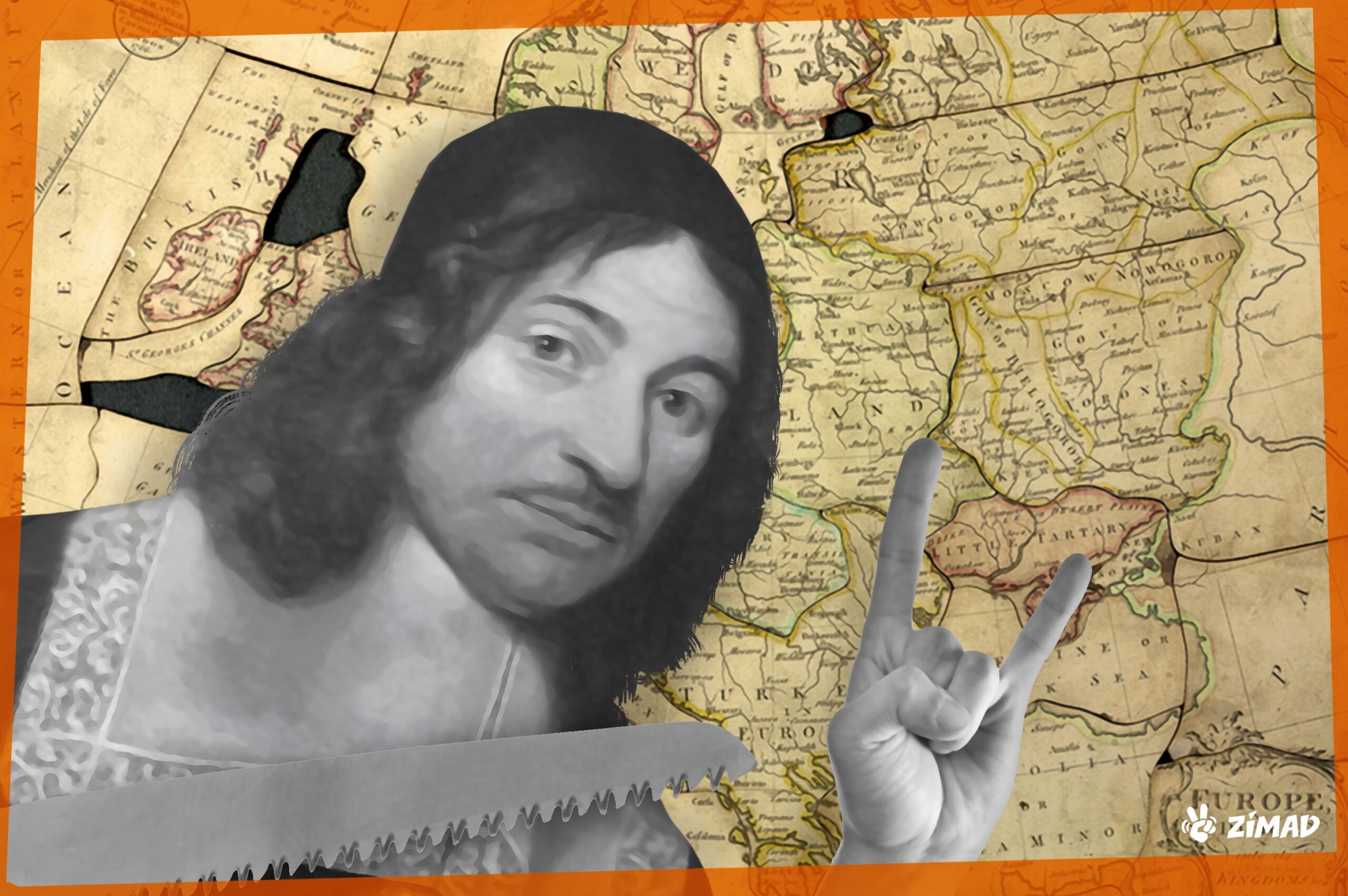The first puzzle was invented by english cartographer d spilsbury in 1760

The First Puzzle: A Cartographer’s Ingenious Invention
.jpg/220px-Bodleian_Libraries%2C_Dockyard_and_the_ship_in_all_its_stages_(title_on_box).jpg)
Have you ever wondered who came up with the idea of the jigsaw puzzle? Well, it was none other than the English cartographer, John Spilsbury, who crafted the very first puzzle in 1760. This revolutionary invention not only captivated the world but also gave rise to an enduring pastime enjoyed by people of all ages.
John Spilsbury, a renowned cartographer of his time, initially conceived the idea of using maps to educate children in geography. He believed that by assembling pieces of a map, children could enhance their spatial awareness and geographical knowledge while having fun in the process. Thus, the jigsaw puzzle was born.
In its early days, the puzzle was made by mounting a map onto a thin sheet of wood and carving it into various irregularly shaped pieces. These pieces, when correctly assembled, formed the complete map. Spilsbury’s invention soon gained popularity, attracting not only children but also adults who relished the challenge presented by fitting the intricately cut pieces together.
The educational value of the jigsaw puzzle was quickly recognized, and its usage extended beyond the realm of geography. Over time, puzzles featuring diverse subjects such as historical events, natural landscapes, famous artworks, and even fictional stories were introduced. These puzzles catered to a wide range of interests, ensuring that there was something for everyone.

As jigsaw puzzles became increasingly popular, they underwent several advancements. In the 19th century, the development of fretsaws allowed for more intricate and precise cuts, making puzzles even more challenging. During this era, puzzles also started to incorporate whimsical shapes known as “figural pieces,” which added an element of surprise and delight during the solving process.
With the advent of industrialization in the 20th century, puzzles began to be mass-produced through mechanized processes. This made puzzles more affordable and accessible to a broader audience. Additionally, advancements in printing technology allowed for vibrant and detailed imagery, enhancing the visual appeal of puzzles.
Today, jigsaw puzzles have evolved into a beloved pastime enjoyed worldwide. They are recognized not only for their entertainment value but also for their cognitive benefits. Engaging in puzzle-solving activities has been linked to improved memory, enhanced problem-solving skills, and increased creativity. Moreover, puzzles provide a source of relaxation and stress relief for many.
As we delve into the history of jigsaw puzzles, it is fascinating to see how one person’s innovation can have such a profound and lasting impact. Thanks to the inventive mind of John Spilsbury, a cartographer turned puzzle-maker, we can all enjoy the countless hours of entertainment and mental stimulation that jigsaw puzzles provide.
To learn more about the intriguing history of jigsaw puzzles, visit Wikipedia’s Jigsaw Puzzle page.
Tags
Share
Related Posts
Quick Links
Legal Stuff

